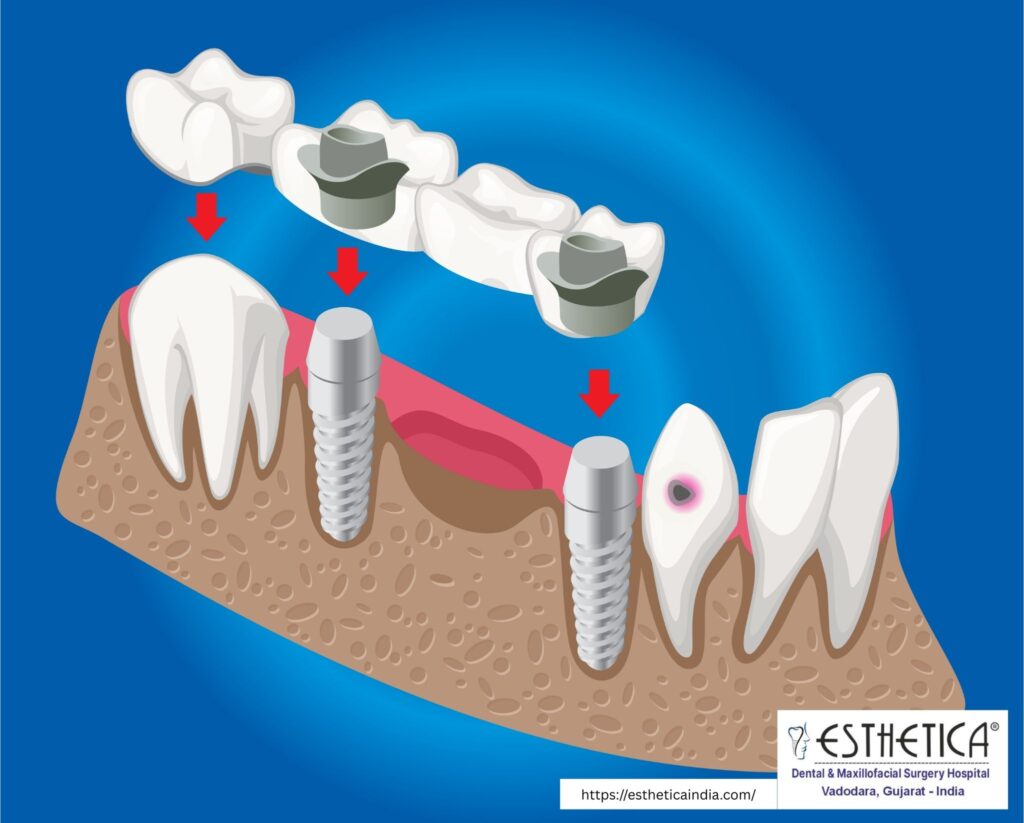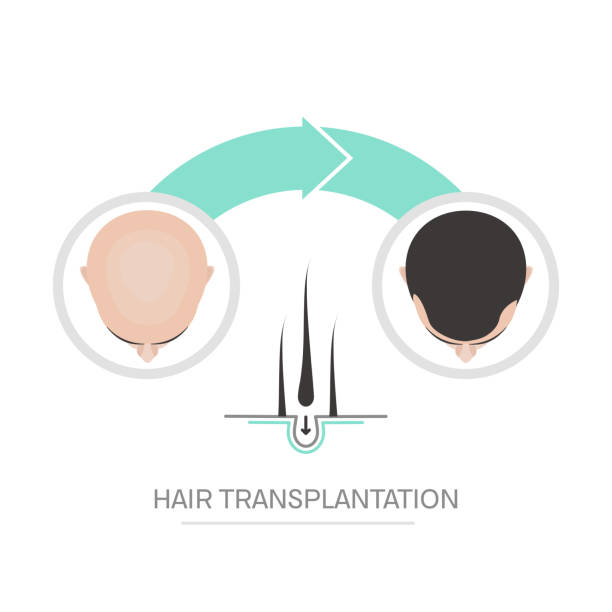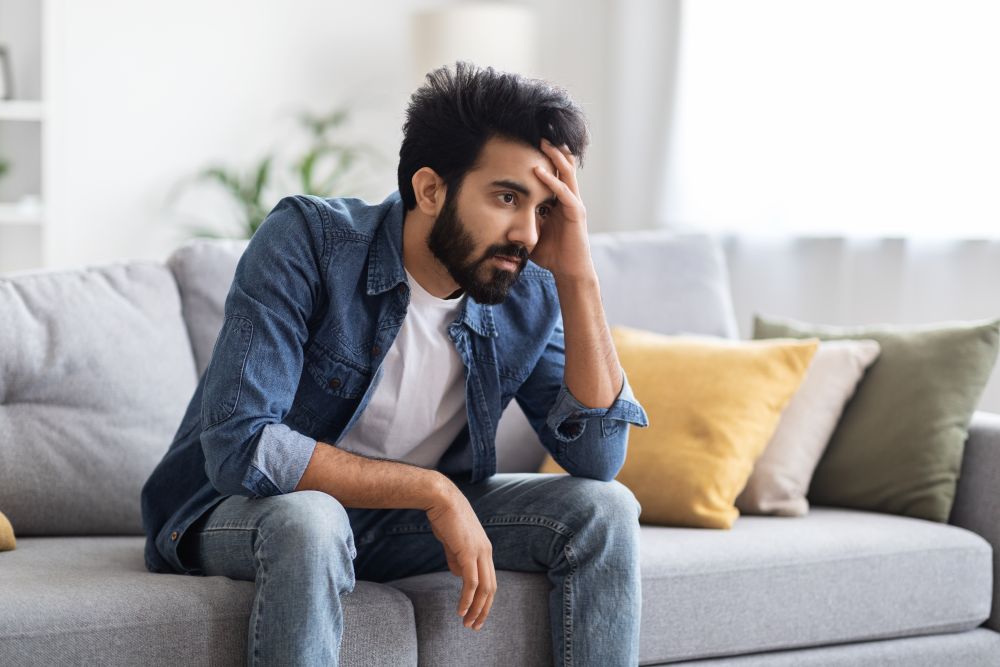Sinus Lift Vadodara, India
The path to healthy and robust dental implants is not always straightforward, but if required, a sinus lift procedure is a step on the way to a complete and wholesome smile.
We’ll break down every step of the sinus lift procedure, recovery, risks, expenses, and commonly asked questions to provide you with all of the info you want to understand.

What Is a Sinus Lift?
A sinus lift surgery is a specialized dental procedure that increases bone height in the upper jaw. It creates enough space between the jawbone and the maxillary sinus to safely place dental implants.
In simple words, the dentist gently lifts the sinus membrane and adds bone graft material beneath it. This extra support allows implants to anchor firmly, giving you teeth that feel and function just like natural ones.
Why Is a Sinus Lift Needed?
Dental implants require a healthy amount of jawbone to stay stable. Unfortunately, not everyone has sufficient bone in the upper jaw. Reasons may include:
-
Tooth loss – Missing teeth for a long time causes bone shrinkage.
-
Periodontal disease – Gum infections can damage bone.
-
Natural bone anatomy – Some people simply have thinner upper jawbones.
-
Sinus position – In certain cases, sinuses are too close to the upper jaw.
-
Aging – With age, bone naturally resorbs and reduces in volume.
If you lack enough bone, implants without support can fail. A sinus augmentation solves this by adding the necessary bone structure.
Who is a Candidate for Sinus Lift Surgery?
You may be a good candidate for sinus lift surgery at Esthetica if:
-
You are missing one or more upper back teeth.
-
You have insufficient bone height in the upper jaw.
-
You want dental implants but have been told you lack bone support.
-
You are in good overall health with no uncontrolled conditions.
Smokers, patients with chronic sinus infections, or those with untreated gum disease may need additional care before undergoing this treatment.
How is a Sinus Lift Done?
At Esthetica Dental and Maxillofacial Surgery Hospital, we use advanced techniques and modern equipment to make the sinus lift procedure safe, comfortable, and effective. Here’s how the process works:
-
Consultation and Imaging
-
A 3D CBCT scan is taken to assess bone quality and sinus position.
-
Our implant dentist creates a personalized treatment plan.
-
-
Anaesthesia
-
Local anaesthesia or conscious sedation is used to keep you relaxed and pain-free.
-
-
Surgical Access
-
A small opening is made in the gum and jawbone near the molars or premolars.
-
-
Lifting the Sinus Membrane
-
The delicate sinus membrane is carefully lifted upward.
-
-
Bone Grafting
-
Bone graft material is placed in the created space.
-
This material may be synthetic, natural, or sourced from your own body.
-
-
Healing and Integration
-
Over 4–9 months, the graft fuses with your natural bone, creating a solid foundation.
-
-
Implant Placement
-
Once healing is complete, dental implants are placed securely in the newly regenerated bone.
-
Types of Sinus Lift Techniques
There are two main approaches:
1. Lateral Window Technique
-
Best for cases with very little bone height.
-
A small window is made on the side of the sinus wall to lift the membrane and place bone graft.
2. Osteotome (Closed) Technique
-
Used when some bone is already present.
-
Less invasive as the graft is inserted through the implant site.
Benefits of Sinus Lift Treatment
hoosing a sinus lift at Esthetica offers many advantages:
-
Strong foundation for dental implants.
-
Avoids implant failure due to insufficient bone.
-
Improved chewing ability with stable implants.
-
Restores natural smile and confidence.
-
Enables full mouth rehabilitation in patients with severe bone loss.
-
High success rate when performed by experienced specialists.
Risks and Complications
Like any surgical procedure, a sinus lift has some risks. However, at Esthetica, we minimize them with precise planning and advanced surgical care. Possible complications include:
-
Sinus infection (rare with proper care).
-
Perforation of sinus membrane (usually repaired during surgery).
-
Graft displacement if aftercare is not followed.
-
Swelling, mild discomfort, or nose congestion after surgery.
Most patients recover smoothly with proper medication and post-surgical instructions.
Recovery and Aftercare
Recovery from sinus lift surgery is usually quick and manageable. Here’s what to expect:
-
Mild swelling and tenderness for a few days.
-
Avoid sneezing, blowing your nose, or using straws, as it may disturb the graft.
-
Use prescribed antibiotics, painkillers, and saline sprays.
-
Soft foods are recommended for the first week.
-
Maintain excellent oral hygiene with antimicrobial mouthwash.
-
Follow-up visits ensure healing is on track.
Most patients resume normal activities in 2–3 days, while complete bone integration takes several months.
How Much Does a Sinus Lift Cost in Vadodara?
At Esthetica Dental and Maxillofacial Surgery Hospital, we believe in providing affordable sinus lift treatment without compromising quality.
-
Basic sinus lift: ₹30,000 – ₹70,000
-
Complex sinus lift with large grafting: ₹100,000 – ₹150,000
The cost depends on the type of graft material, complexity of surgery, and whether implants are placed at the same time.
We also offer treatment packages for patients undergoing dental implants and sinus lift together.
Frequently Asked Questions (FAQs)
No, the procedure is done under local anaesthesia or sedation. You may feel mild discomfort afterward, which is easily managed with medication.
Healing takes about 4–9 months before implants can be placed.
Yes. When performed by skilled dentists at Esthetica, sinus lift surgery is highly safe and predictable.
Conclusion
A sinus lift treatment may sound intimidating at first, but it is a safe, effective, and life-changing procedure that enables patients with bone loss to enjoy the benefits of dental implants. At Esthetica Dental and Maxillofacial Surgery Hospital, Vadodara, we specialize in providing world-class sinus lift and implant treatments tailored to your needs.
If you are missing teeth in the upper jaw and have been told you don’t have enough bone for implants, a sinus lift could be the solution.
📞 Call us today at (91) 94084 01616 to book your consultation and take the first step towards a confident, beautiful smile.







